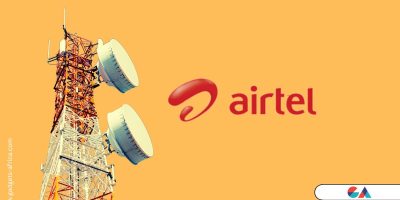In the wake of last month(May), Washington handed a ban to U.S. companies from supplying technology to Huawei as part of a long-running campaign against the company for allegations of espionage, which Huawei denies. The move by the US saw the second biggest smartphone maker lose its license to using Google’s operating System Android which gave them a huge blow. Other than Google, Chipmakers like Qualcomm and Intel too stopped sales of tech to Huawei.
Although Huawei was given a temporary licence for 90days, it’s Android access will expire by the end of August, after which the company will lose access to the official security updates and Google Play Store, and will have to access Android through AOSP. The Android Open Source Project (AOSP) is an initiative created to guide the development of the Android mobile platform. The Android platform consists of the operating system (OS), middleware and integral mobile applications.
In a new twist of events, Early this month, Facebook also joined the list of American companies pulling the plug on Huawei when it announced that it will no longer be allowing pre-installation of its apps on Huawei phones. Huawei is the second biggest smartphone maker after Samsung. It recently surpassed Apple in terms of quarterly shipments and market share.
However, Huawei did not sleep as this went on, they never have nor did they sit cross-legged & simply looked on. They had a plan, they thought hard about this, prepared enough and are ready to go hard in the smartphone business.
Immediately Huawei was slapped with the ban by the US, the tech giant company announced that they will be rolling out a newer OS to run on their smartphones. Huawei also disclosed that they had been working on a backup to its Android/Play Services based software experience for some time and it’s until recently that we learnt it will be called ‘Oak OS’ and Huawei has begun testing it.
According to Media Reports, Huawei is testing two variants of its operating system — one for the Chinese market called “HongMeng OS” and the other for the global market called, “Oak OS”. It was earlier reported that the international version of the Huawei’s mobile OS will be called ArkOS. Huawei also filed a trademark request with the EUIPO (European Union Intellectual Property Office) for the names Huawei Ark OS, Huawei Ark, Ark and Ark OS.
Because Huawei’s woes don’t only lie in software, the company was also forced to think hard and act fast on its hardware after Qualcomm and Intel too pulled the plug. Subsequently, the Chinese company got kicked out of the SD Association’s approval list barring it from using the industry-standard microSD or SD cards. Huawei has since responded by storing chips and components and has also accelerated its development of alternatives which has brought the announcement of its new Nano-Memory (NM) cards.
Despite the US ban on the Chinese telecom giant, Huawei has seemingly been flourishing. Just last week, the company was reported to have obtained 46 commercial 5G contracts so far in 30 countries and shipped more than one lakh 5G stations globally, emerging as a top player in the race for setting up the super-fast telecommunications system
In the latest developments, the ban on Huawei has uneased US tech giant Google who has gone ahead to warn the Trump administration that its Huawei ban could endanger US national security.





Comments